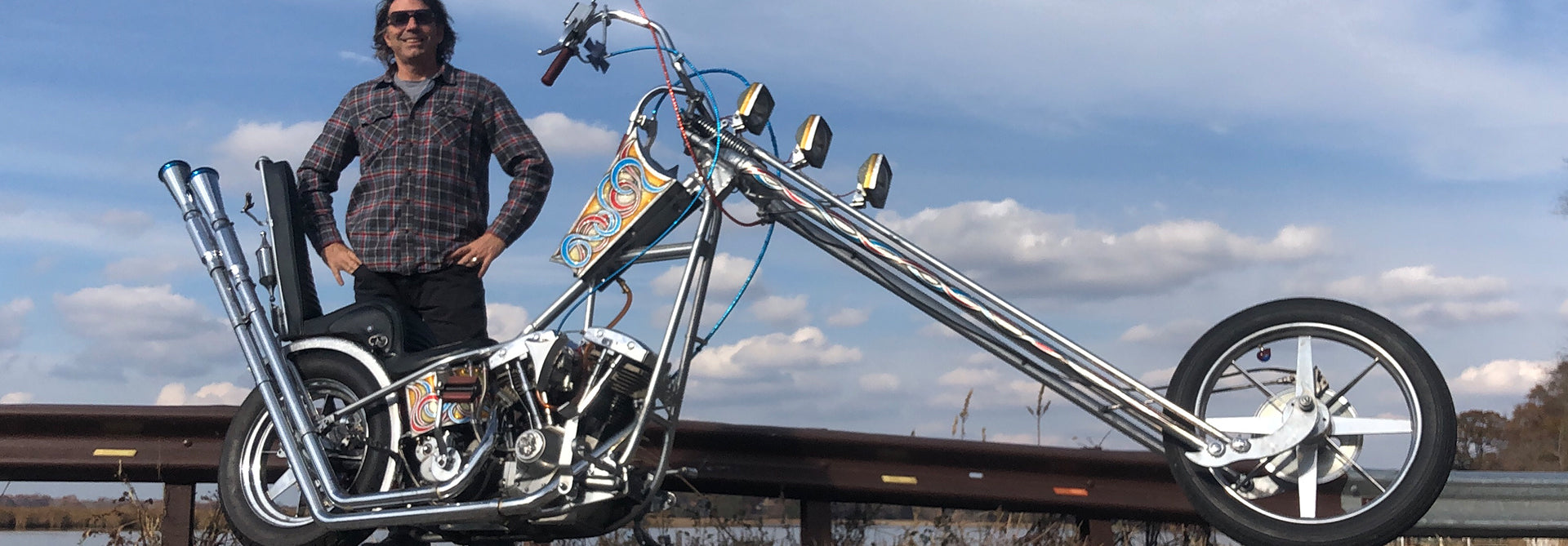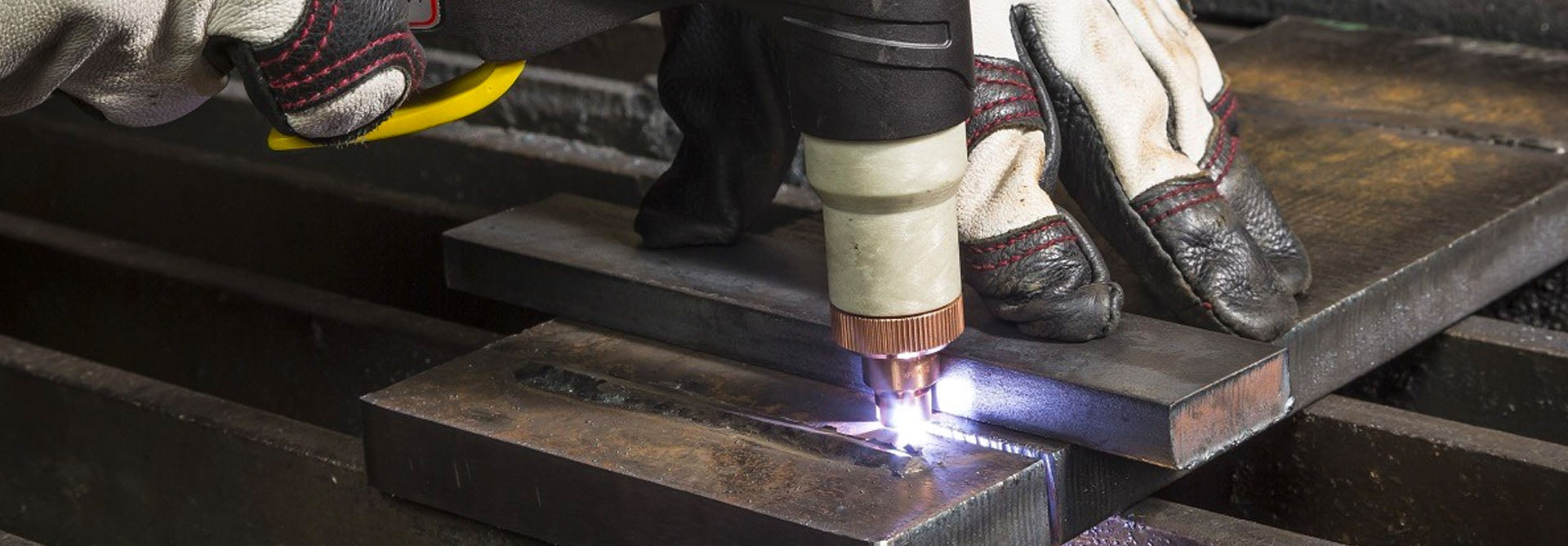There’s a particularly exhilarating sensation when the road disappears completely below a blanket of snow. It’s an experience separate from the offroading you might enjoy during the warmer months, but not altogether foreign as it shares many similarities. And while the winter wonderland is a rewarding playground, it’s a harsh mistress for those who come unprepared. Luckly, for a welder like yourself, the equipment your vehicle needs is just an arc away.
The Winch: Your Life Line (Literally)
Recovery equipment is like underwear, some people think they don’t need it. And then they’re knee deep in mud (or some other brown substance), wishing they’d planned ahead. But when it comes to winter offroading, recovery equipment is more essential than ever.
Why is this? First of all, you’ll often find yourself alone with winter offroading or surrounded by snowmobiles that don’t have the power (and equipment) to help pull you out of a tough situation. You won’t be able to rely on some good samaritan with a winch to help you out if you find yourself stuck. Second, offroading in the snow is a minefield of potential pitfalls where you can find yourself stuck at almost any time.

Because of this, a winch is one of the most important pieces of recovery equipment you can have. How does one go about mounting a winch to their vehicle? This is where things get a little tricky. Every bumper and winch has a somewhat different set up, making a detailed guide impossible. However, there are a few key things to remember.
Weld the Mount, Bolt the Winch
First, you’ve got your actual winch. Some people weld their winch to their mount, believing it gives the strongest connection. And for the most part, this is true (if you know what you’re doing). However, the downside is that your winch will be incredibly difficult to remove if you decide to upgrade it or it breaks down and you need to repair or replace it. For these reasons, it’s often best to bolt your winch to a mount using grade 8 bolts.
Once you have the winch bolted to the mount, then it’s time to weld the mount to the bumper or even directly to the frame (depending on your setup). This is your attachment point that needs to be very strong. It doesn’t matter how good your winch is, if your attachment fails. Some mounts are designed to attach directly to some part of your frame while many go on top, infront or even inside your bumper. If your winch doesn’t have a specific mount, you can bolt the winch directly to your bumper, but your bumper should then be strongly secured to your frame or your winch will just pull your bumper off. Keep in mind that these winches are designed to haul the weight of another vehicle, they can most definitely rip themselves off a weak attachment point.

D-Ring Shackle, The Winch’s Best Friend
Let’s say you’re offroading with a buddy who’s in another vehicle and they get theirs stuck in some deep snow. You’ve got a winch because you understand the importance of underwear, but how do you attach your winch to their vehicle? You could just wrap it around any bar or even around a wheel, but then you’re in serious risk of jacking up their alignment.
The best solution is winching onto what is known as a d-ring shackle, a metal ring that is mounted to either your frame or your bumper and allows a winch hook to be securely attached. And the best part is, unlike winches that have a million different ways to be mounted, d-ring mounts are pretty straightforward.

You can buy quality d-ring shackle mounts for a reasonable price that are specifically designed to handle the stress of being pulled by a single point. Once you have your mount, decide where on your vehicle you’d like it to be placed. It’s fairly common to place two mounts on your bumper as being pulled forward is a lot easier to control than being pulled from behind (though some offroaders also have mounts on their back bumper). The main thing is that it needs to be a point that won’t come loose. Some welders will mount their shackle directly on the frame, though you need to be careful that you don’t do anything to impact the integrity of your vehicle’s structural strength.
Once you have your connection points, let’s say your front bumper for this example, you’ll then need to cut out a space for your mount to slide into. Once that’s cut out, weld your mount to your bumper. If your mount is too long, you may have to remove some material off the end for it to fit.
And blamo, you’ve got yourself a mount for a d-shackle ring, allowing you a sturdy attachment point that won’t jack up your steering.
With both winches and d-ring mounts, the quality of your weld means everything. And a low quality machine is a poor tool when you need welds you can count on. If you’re finding it difficult to create consistent, high quality welds, it’s time to take some of that Christmas money and get yourself a new machine at the only online store dedicated to automotive welders. With our loyalty program, you’ll be able to find the best prices on top brands in the industry. We’ve also got the best customer service in the industry, so if you ever run into an issue or have a question, we’ve got a team of helpful experts here for you. Check out our full selection of welding supplies here.







